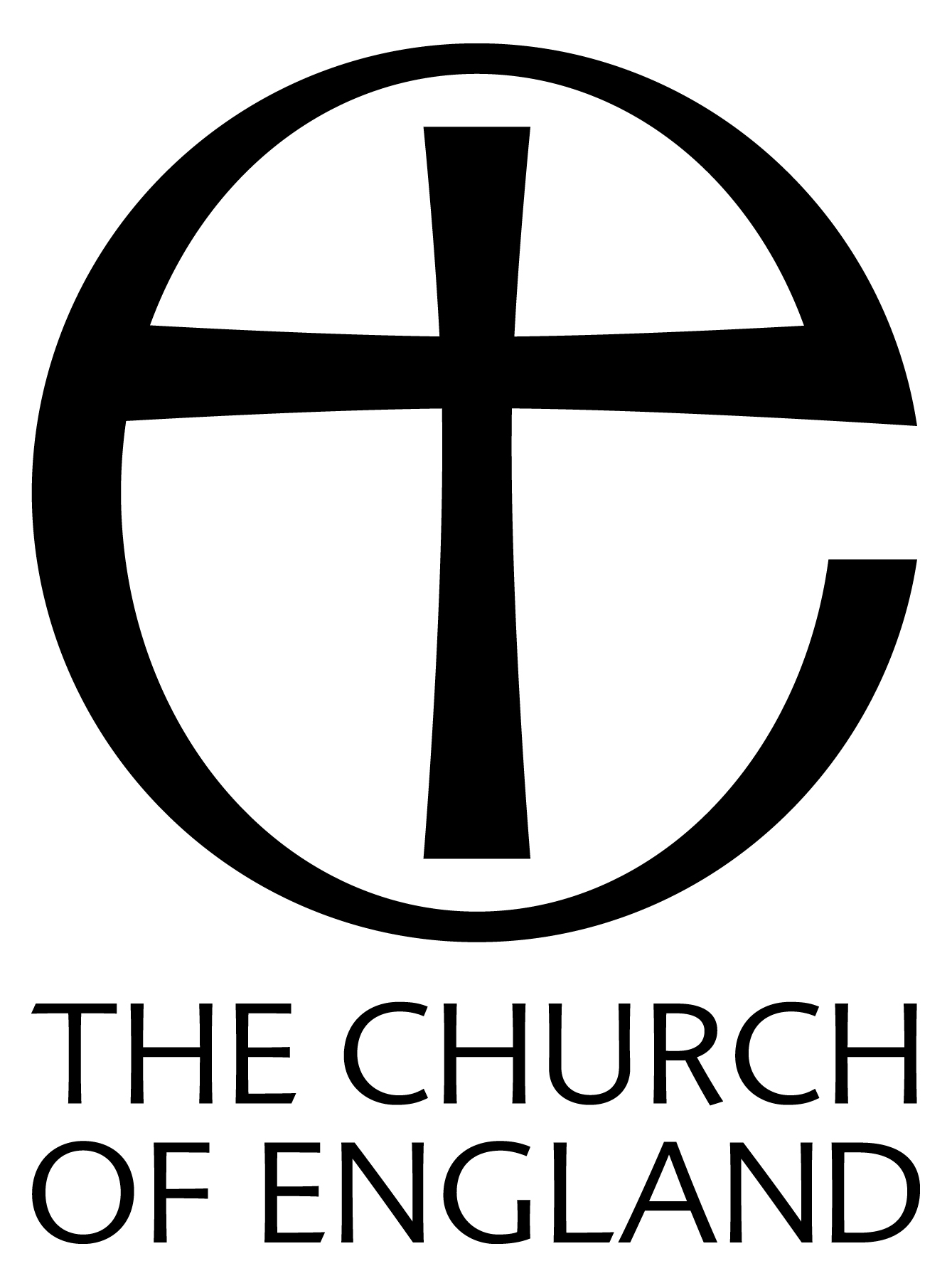10

Drypool village, circa 1350. Reproduced [in booklet] by permission of the Trustees of the British Museum.
[Click image for larger version]
|
11
THE DOMESDAY SURVEY
We do not know whether Drypool was one of those places where Saxon mission priests from some local monasterium or minster set up a preaching cross before they erected a church, but there is no doubt about its being a place of considerable antiquity. Twenty years after the Conquest, King William directed that a survey should be made of the wealth and resources of the country. This survey popularly called Domesday Book, tells us that there were two manors in "Sotecote and Dridpol," which in the time of the late King Edward were worth thirty shillings, no mean sum for those days.
The two manors were the property of Drogo de Bevrere, who had accompanied the Conqueror, and been rewarded by a grant of lands in Holderness. His tenants Ravenchil, and Ote, elsewhere described as the Deacon, had thirteen bovates* of taxable land.
The same survey also speaks of a Berewick belonging to the Archbishop of York, where in Southcoates there was" one carucate" and in Drypool "three oxgangs and soke upon five oxgangs."
Like so many places north of Humber, it was all waste, not having recovered from the Harrying of the North, although that had taken place eighteen years before.
According to Dr. Smith's" Place Names of East Yorkshire," Drypool means the" dried up pool," in reference to a pool which has been drained, whilst Southcoates comes from an old Scandinavian personal name, Soti ; and cote, a cottage-i.e., Soti's Cottage.
THE FIRST CHURCH
There is no mention of a church in Domesday, but it is certain that one was built very soon afterwards. An engraving shows a north doorway of unmistakeable
*- An oxgang and its latinised form bavate was the acreage cultivable by
a plough team of 8 oxen in a year. It varied from place to place. A carucate equalled 8 oxgangs.
|


